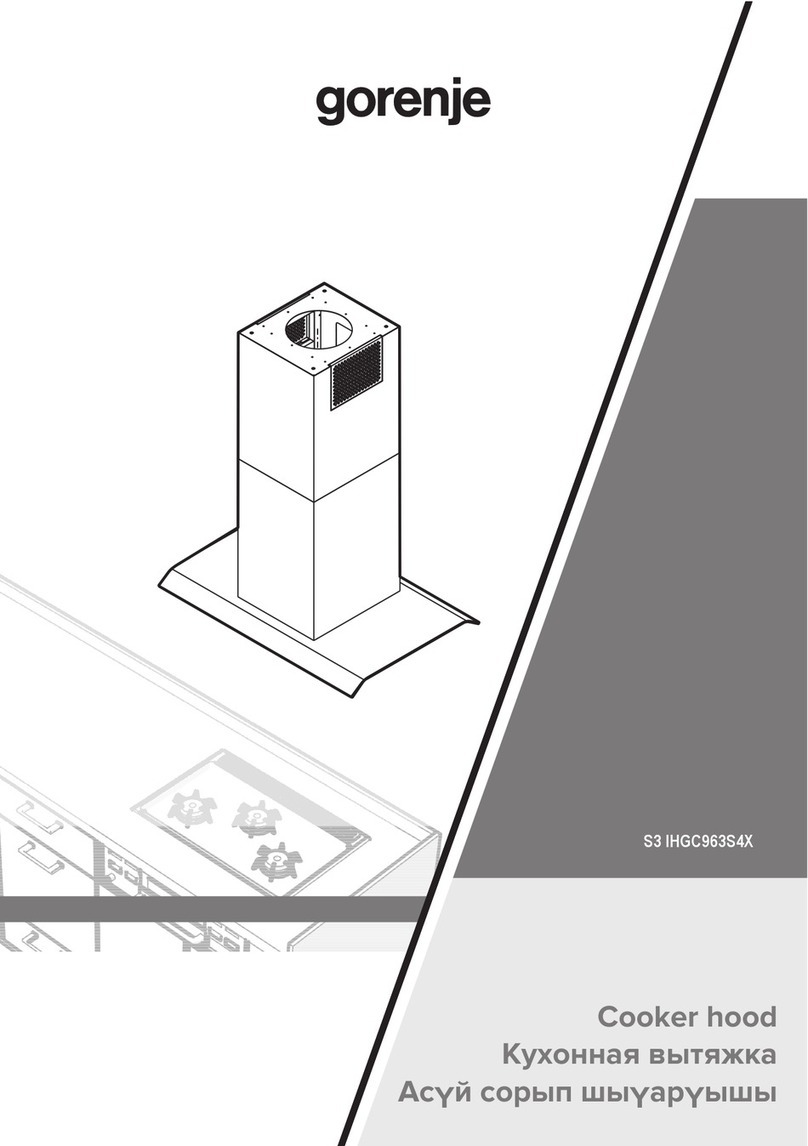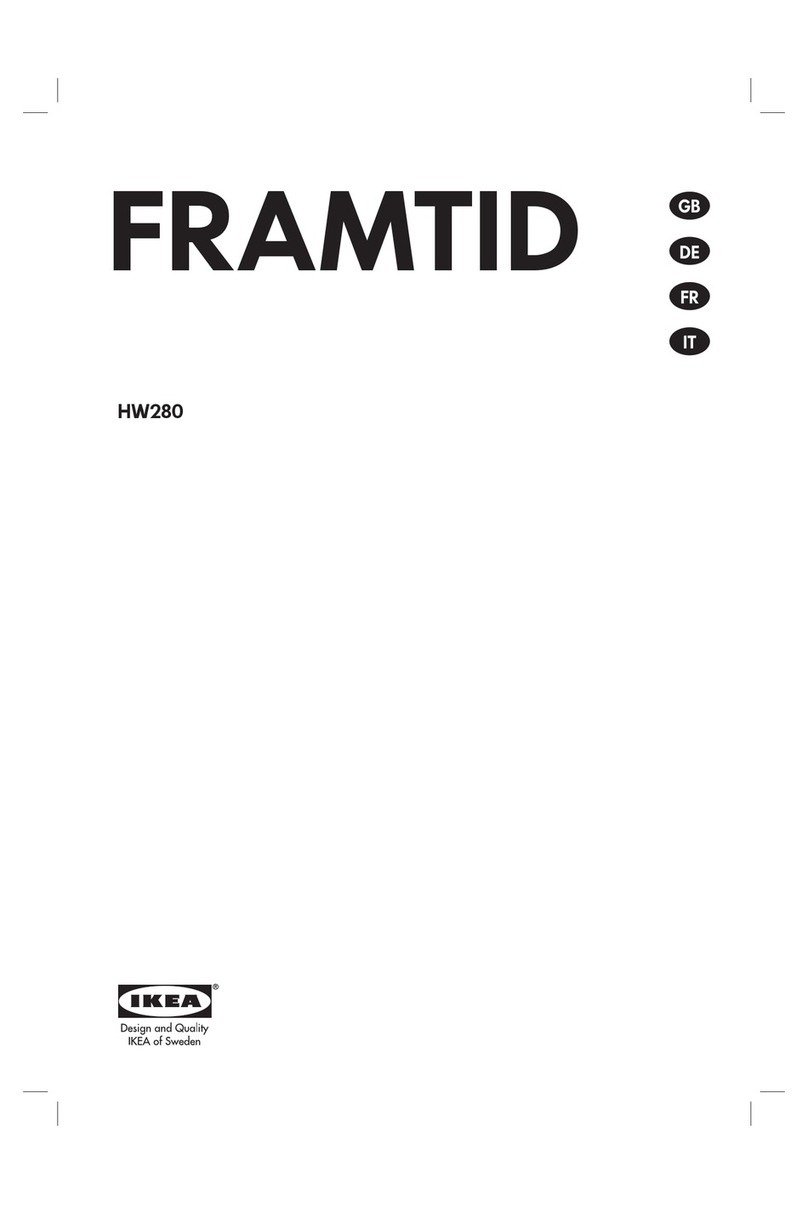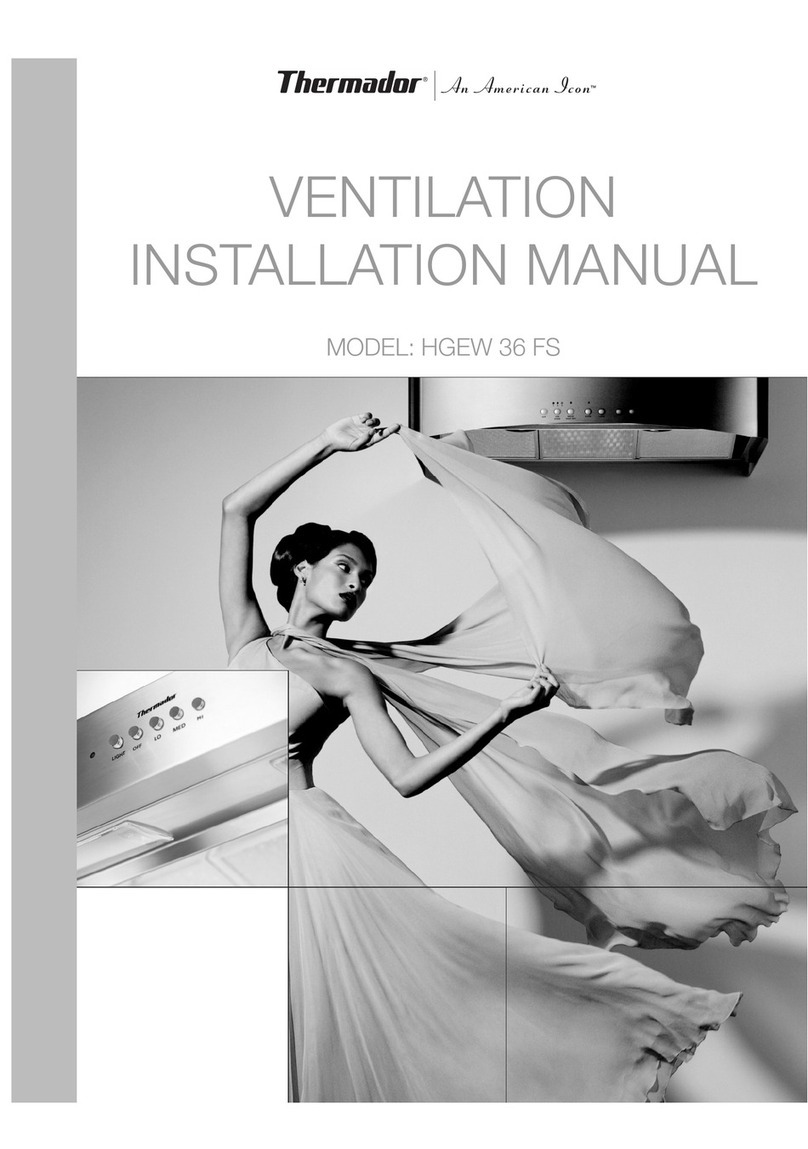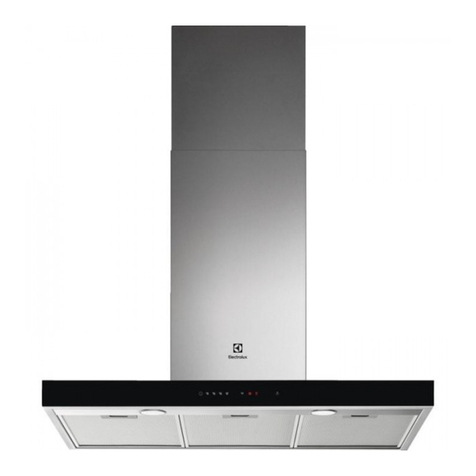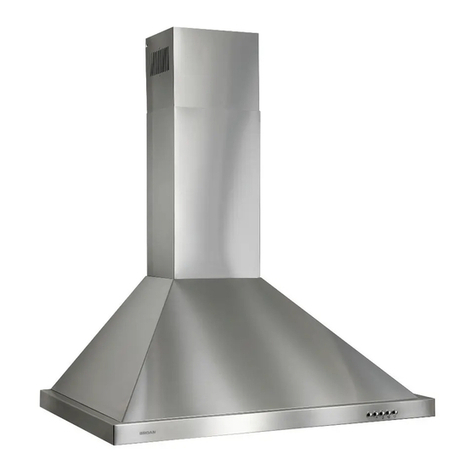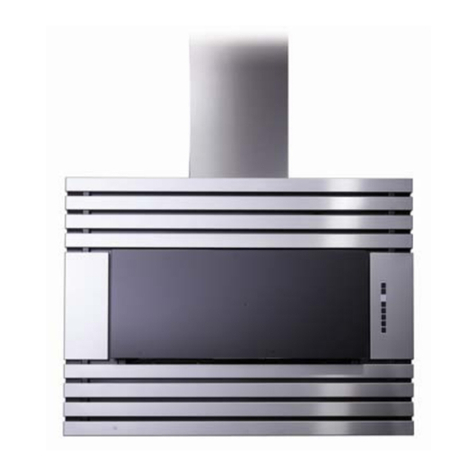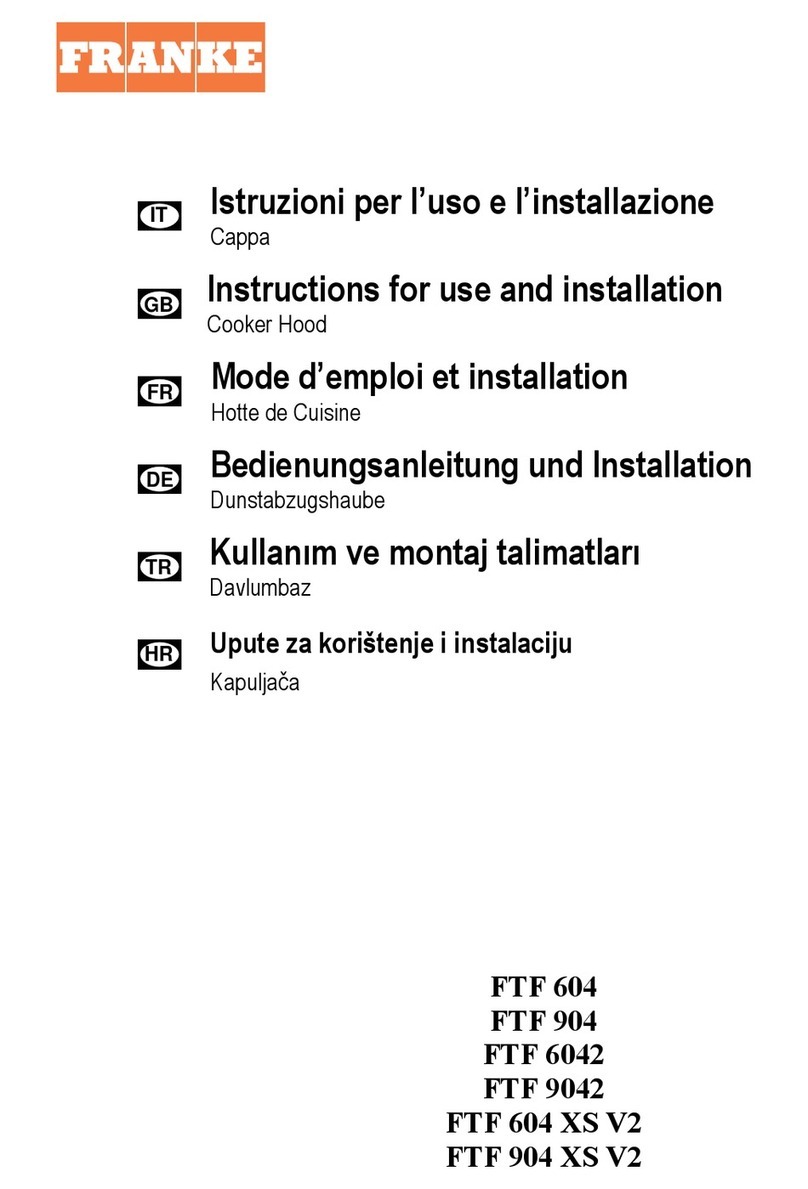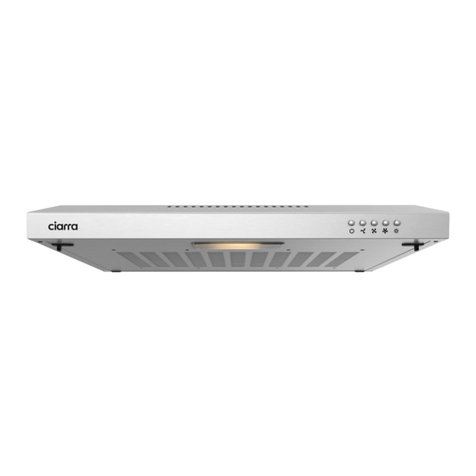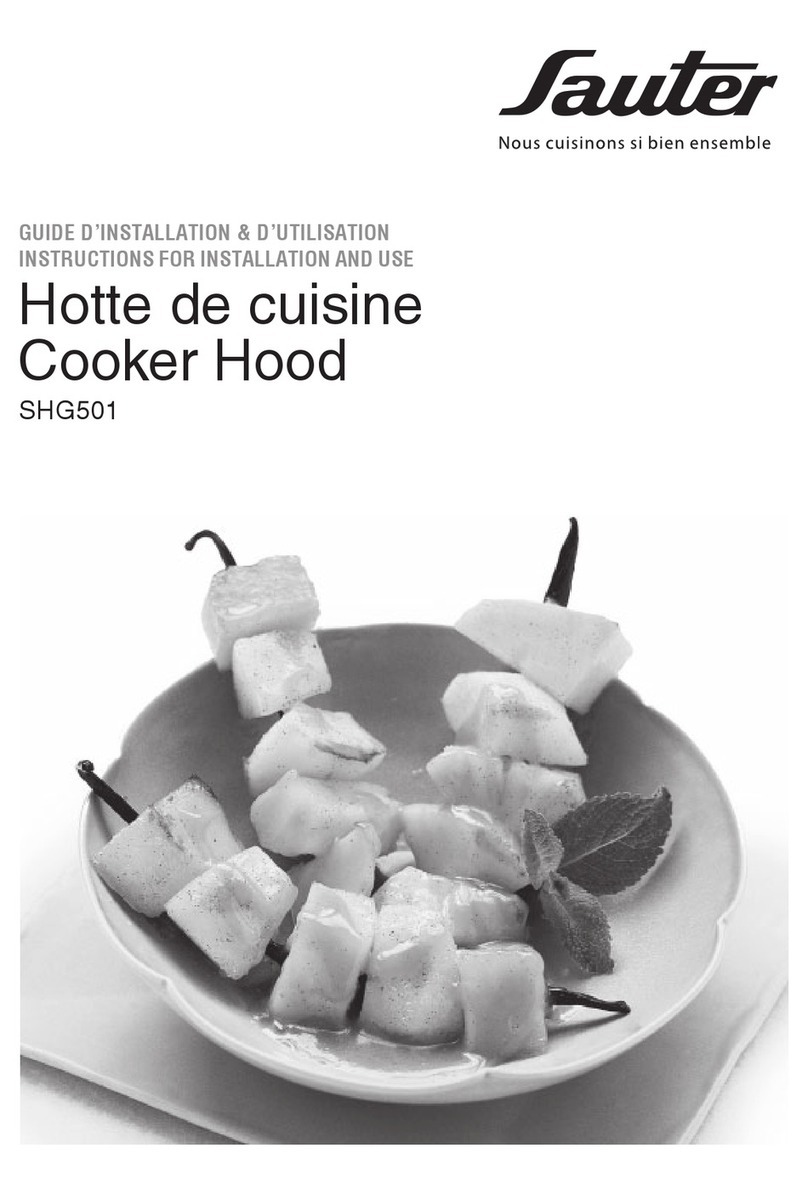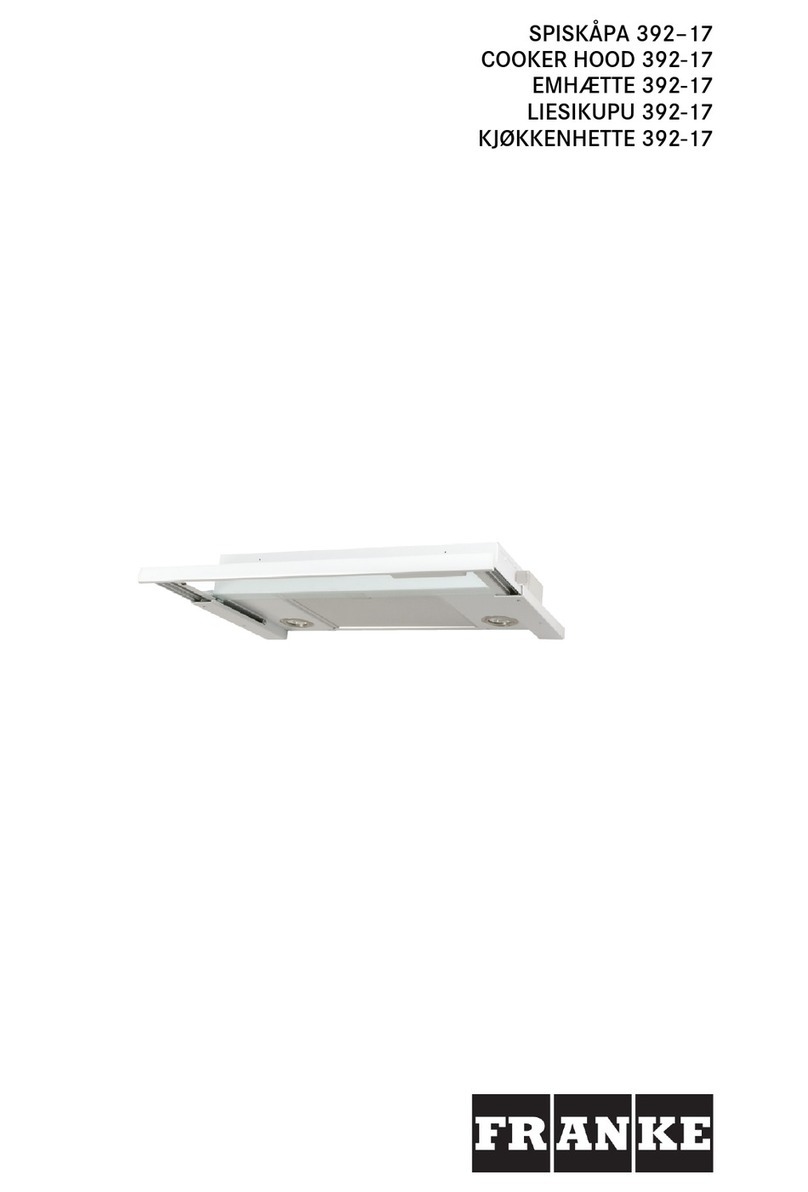
6SAA 902 | Version 1.03
Safety
2.6 General safety aspects
Note the following:
- The extraction system may only be operated and
maintained by persons who have read and under-
stood this operating manual. The operator must be
adequately trained in application, adjustment and
operation.
- If you pass on this extraction system, you must
hand over all the tools and documents supplied
with the extraction system.
- Do not switch on the machine until immediately be-
fore commencing the extraction. Switch off the ma-
chine during breaks and when not in use. Do not
leave the operating machine unattended.
- Never open the protective covers while the extrac-
tion system is running.
- Keep the workplace and the floor in the vicinity of
the extraction system free of any objects that en-
danger your stability or pose a risk of tripping.
Keep order in the workplace. Clutter can result in
accidents.
- Before and during work, check the danger zone so
that there are no unauthorized persons in it. Do not
allow the suction system to be operated by other
people, especially children.
- Do not use the machine near flammable gases, li-
quids and solids. There is a risk of explosion or fire
due to possible flying sparks.
- Use the machine only in dry rooms or in a dry env-
ironment and ensure a sufficiently lit work area.
- Protect the machine from moisture and moisture to
avoid electrical hazards.
- Maintain the machine with care in order to be able
to work well and safely in the long term. Follow the
instructions for maintenance.
- Never leave a running machine unattended. Switch
off the machine before leaving the workplace.
- Wood dust is explosive and can be harmful to your
health. In particular, tropical woods and hard
woods such as beech and oak are classified as
carcinogenic.
- Work with reason and concentration. Do not use
the extraction system if you are not concentrated.
- Operation or maintenance of the extraction system
is prohibited for persons under the age of 18 or un-
der the influence of alcohol, drugs or medication.
- Defective or damaged parts in the device must be
replaced immediately.
- Keep children away from the machine.
- Only operate the machine with fully and correctly
installed safety devices and do not modify anything
on the machine that could impair safety.
- There must be sufficient fresh air and light conditi-
ons.
- Before starting the extraction work, inform yourself about
the type of material to be processed and about any
health hazards caused by released dust. Take appropri-
ate precautions, if necessary.
- When working with the extraction system always wear
ear protection. The wearing of loose clothing (ties, scar-
ves, open jackets and tight-fitting garments) is prohibi-
ted. There is a risk of injury from being caught or pulled
into moving machine parts. For long hair, a hairnet
should be worn.
- Avoid unnatural posture and maintain balance at all
times. Wear work shoes to increase their stability.
- Do not vacuum any flammable gases or materials (such
as paint or paint mist) or any metallic parts.
- Before further use of the machine, the protective devices
or slightly damaged parts must be checked carefully for
their proper and proper function.
- Damaged safety devices and parts must be properly re-
paired or replaced by a recognized specialist workshop
or by the manufacturer, unless otherwise stated in the
operating instructions.
- Switch off the device and disconnect the mains plug from
the socket during repair work, maintenance, cleaning
and replacement of the chip bag.
- Only use original spare parts
ATTENTION!
In spite of taking care of all working tips, security and
accident prevention regulations a rest risk conti-nues
with the contact with the machine.
By concentrated and farsighted work and action you
can diminish the rest risk.
